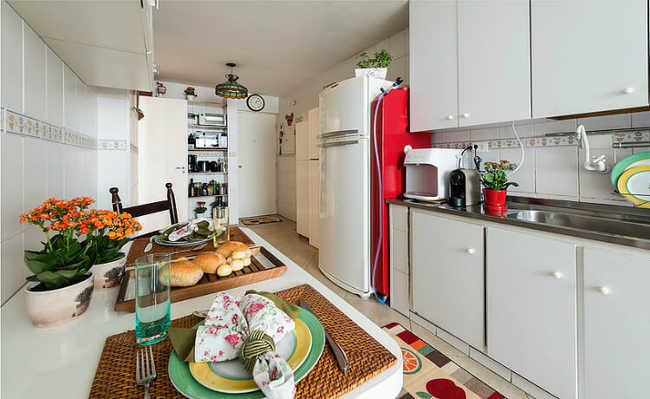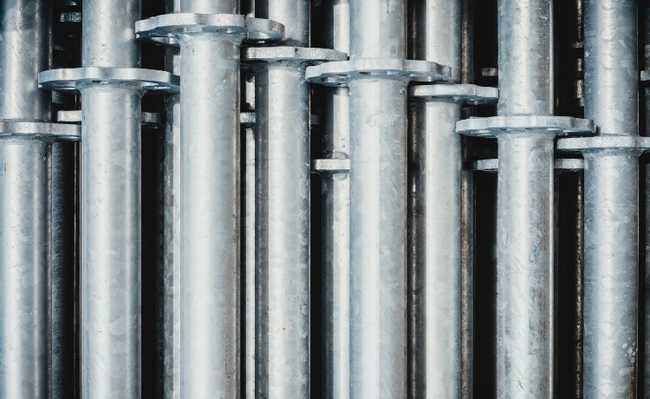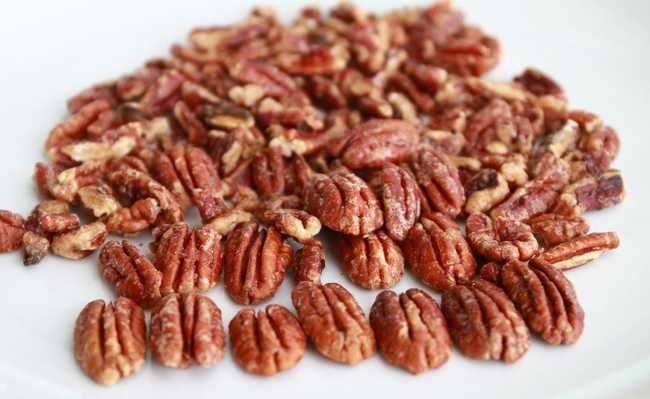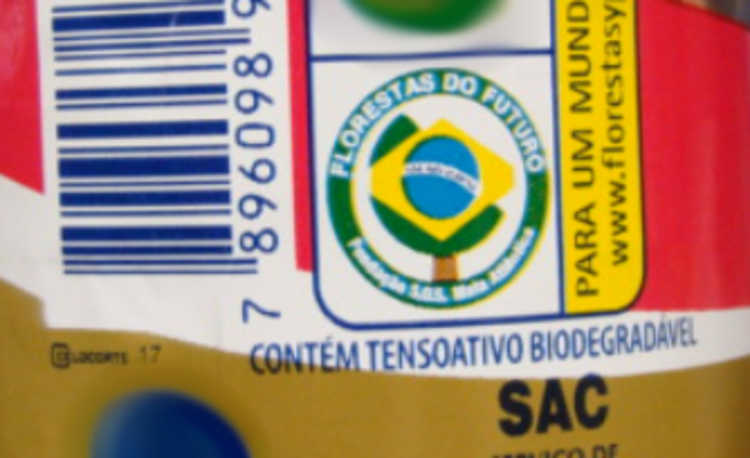Two types of homemade soap recipes: cold and hot
Understand more about the manufacturing processes of handmade soap: o cold process it's the hot process

Recipes for homemade soap with used cooking oil can be made using the cold process (cold process) or by the hot process (hot process). Each has its advantages and disadvantages. Let's better understand how they work.
First, soap is produced from the reaction of fats and oils with a base (usually sodium or potassium hydroxide) giving rise to a carboxylic acid salt, which is soap, and glycerol, of the alcohol family (known as popularly as glycerin). This process is called saponification. The reaction is outlined below:
OIL OR FAT + BASE --> GLYCEROL + SOAP
The way in which this reaction is done will define whether the process is cold or hot. At first, the two techniques follow these steps:
- Preparation of the base: dissolve the base (NaOH or KOH) in water;
- Oil preparation: filter used cooking oil or melt solid fats;
- Ingredient mixture: mix the base with the oil until the emulsion;
After these passages, we have two options to follow: o cold process or the hot process for the manufacture of homemade soap.
Cold process
- Adding fragrances, essential oils and dyes to the soap;
- The soap is placed in a mold and awaited its hardening;
- After hardening, the homemade soap is cut and left in the curing process. This process can take 45 to 60 days to complete. During this period, the saponification reaction continues and the soap goes from being alkaline to reaching neutrality. Water evaporation also occurs. In this way, the homemade soap loses moisture and reaches its final form.
hot process
- After mixing the base and oil, the soap is further heated to temperatures of 80°C. You can use the "bain-marie";
- When the soap reaches a gel consistency (it can take 1 to 2 hours), the heating ends and dyes, fragrances and others are introduced;
- The soap is placed in molds and, after hardening, it is cut;
- The soap curing process made by hot process it's shorter, taking just a week. During this period, the homemade soap will gain more consistency and will lose alkalinity and excessive moisture, as well as in the cold process.
Which process is better?
There is no recipe better than the other, as each one has its advantages and disadvantages. Let's know what they are:
- The manufacture of homemade soap made by cold process it is faster, as it does not require heating and can be placed already with a better consistency in the molds.
- However, in the hot manufacturing process (hot process) there is no need to leave the soap for long curing processes, as in the case of cold process.
- The manufacture of homemade soap made by hot process it is more tolerant of the addition of dyes and fragrances. The cold process requires a timing better, because you must add them quickly so that the soap dot does not pass and it becomes too consistent, not allowing a good mixture of ingredients.
- A hot process problem is increased energy expenditure due to heating. Usually, you use the "bain-marie" to make it, so you spend more on cooking gas.










